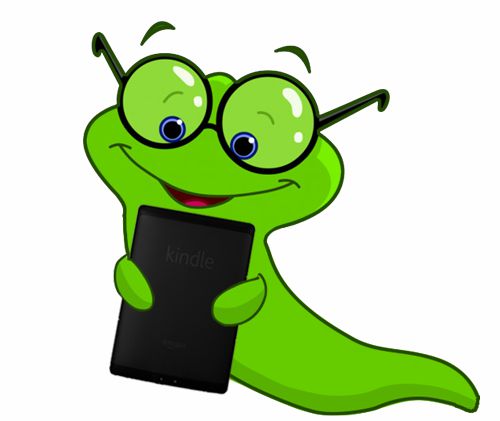-
×
 [Ebook PDF] Abnormal Psychology, 2nd Edition
1 × $19.99
[Ebook PDF] Abnormal Psychology, 2nd Edition
1 × $19.99 -
×
 [Ebook PDF] Affirming Diversity: The Sociopolitical Context of Multicultural Education (What's New in Foundations / Intro to Teaching), 7th Edition
1 × $19.99
[Ebook PDF] Affirming Diversity: The Sociopolitical Context of Multicultural Education (What's New in Foundations / Intro to Teaching), 7th Edition
1 × $19.99
Subtotal: $39.98












Reviews
There are no reviews yet.